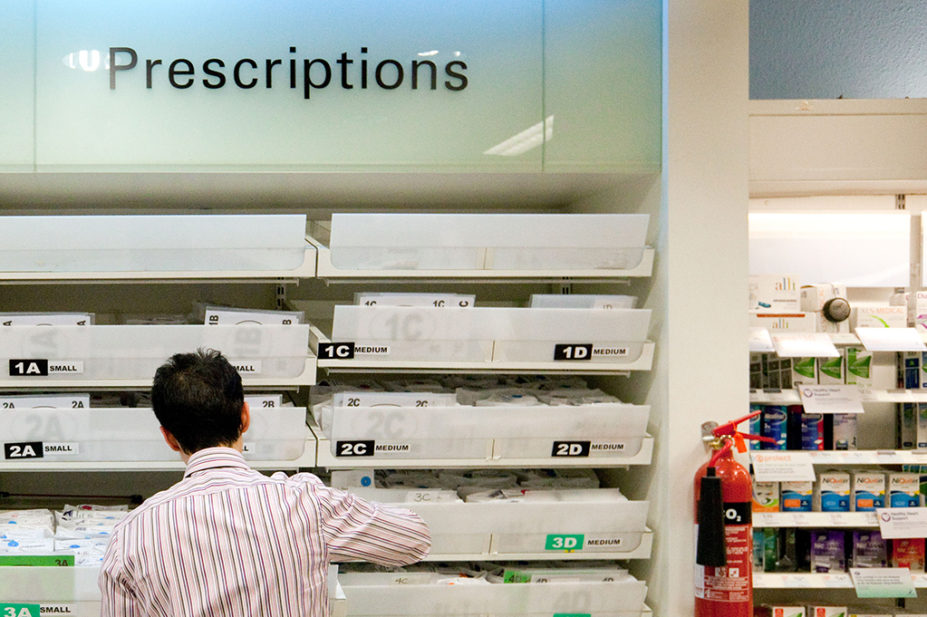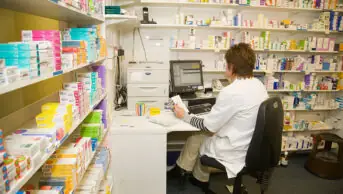
Imagedoc / Alamy Stock Photo
Pharmacy students could start taking on tasks involved in the supply of medicines during their clinical placements as part of an ongoing overhaul of pharmacy education and training, Health Education England (HEE) has said.
In a statement to The Pharmaceutical Journal on 17 May 2022, HEE said the move “from observing tasks to being entrusted to carry them out” has come following the announcement that undergraduate pharmacy clinical placements will be eligible for funding from the ‘Education and Training Tariff for England’ as of 1 September 2022.
Inclusion in the tariff means that hospital trusts, community pharmacies, general practice and primary care networks providing MPharm placements of at least one week in duration will now receive nationally standardised funding.
Nick Haddington, national lead for the Initial Education and Training Programme years one to four at HEE, told The Pharmaceutical Journal: “To attract this tariff, placements must be meaningful clinical training and not workplace shadowing.”
He added that an HEE and Pharmacy Schools Council task and finish group was looking at how undergraduate pharmacy students can move from observing tasks to being entrusted to carry them out with the appropriate level of supervision to ensure patient safety.
“The initial stage of this work involves agreeing the definitions and attributes of ‘entrustable professional activities’ (EPAs) in collaboration with employer representatives and then determining which workplace tasks could be EPAs.
“It is anticipated these tasks will include those involved in the safe and legal supply of medication as well as clinical skills and decision making in all sectors of practice,” he added.
On 13 May 2022, Haddington told delegates at the Clinical Pharmacy Congress that EPAs would enable students to “develop skills, demonstrate them and have them signed off at the right level so they can practice them under the right level of supervision, safely in the clinical placement setting”.
In addition to attracting the national tariff, the development of EPAs would also create a “standardised, blueprinted, consistent approach to what students do while on clinical placements”, Haddington said.
“What we’d like to do is to create some consistency of approach so that regardless of which school of pharmacy students come from, employers … understand that there is a common set of things that students will need to do while they’re on placements,” he added.
Placement providers will be able to claim £5,000 through the tariff for each 40.8 weeks of placement activity, which can be used to cover costs, including staff teaching time, educational supervisors and teaching and student facilities, such as access to library services.
Commenting on the introduction of EPAs, Joseph Oakley, associate director of education at the Royal Pharmaceutical Society, said: “We very much support this proposal from HEE as it means that the undergraduate pharmacy workforce will have a positive impact on patient care, whilst also engaging in hands-on experiential learning rather than passive observation which provides a higher impact learning experience for them.
“The EPA model supports the development of prescribing capabilities as these are a synergy of knowledge, skills and behaviours which are best assessed holistically.
“The EPA concept aims at providing a learning trajectory towards independent practice. To make the model a success, EPAs must be gradually allocated to learners once they have reached the sufficient competence required to carry out the tasks.
“Students need to receive high quality supervision and support from pharmacists and the wider multidisciplinary team and provided with effective formative feedback to develop their skills through EPAs,” Oakley added.


